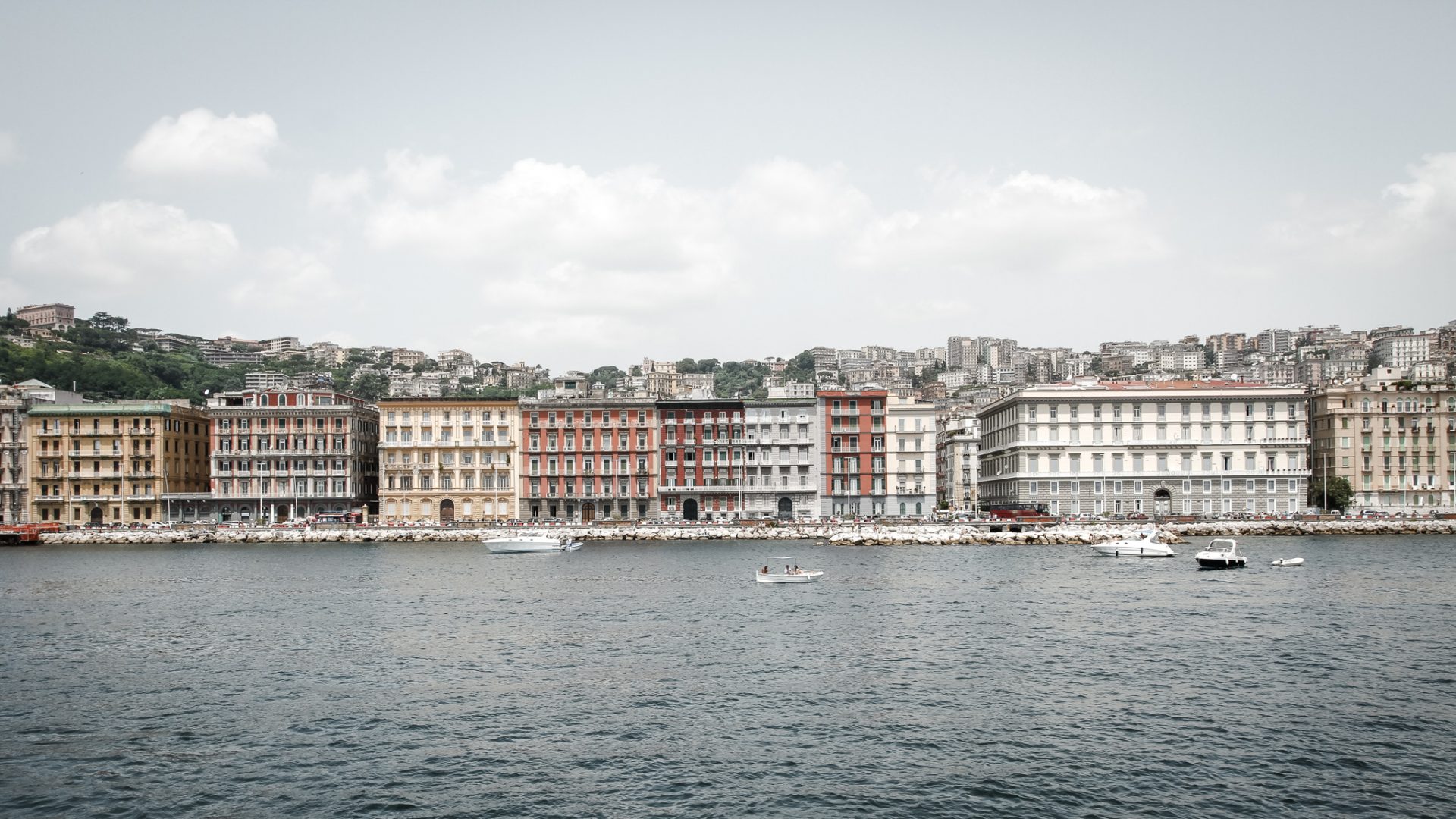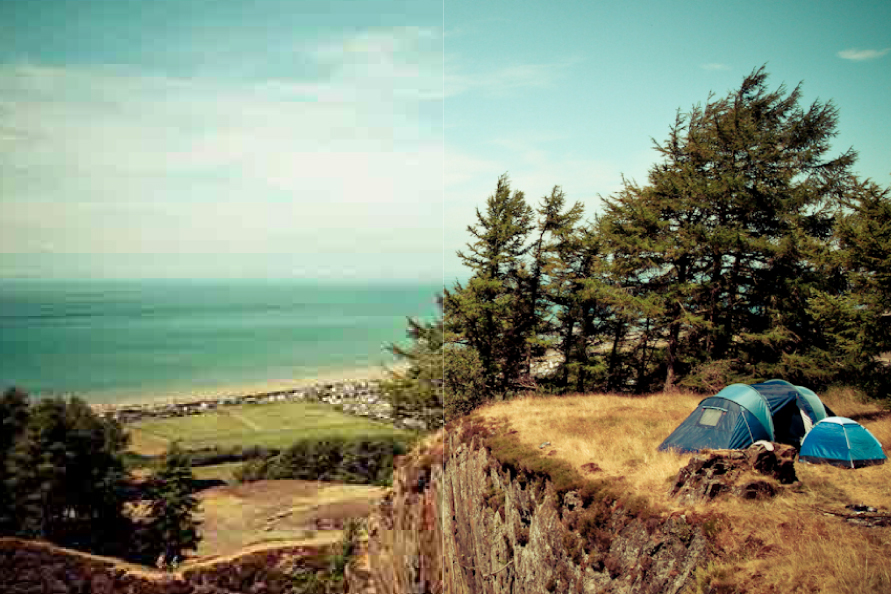I remember the days when the cost of few Gigs on a memory card was almost matching the cost of an entry-level DSLR camera today. And I wanted to take as many good quality pictures as possible, so the natural choice was to shoot in high-quality JPEG format. It took me several years to realise what a mistake that was. Unsurprisingly a lot of ‘young’ photographers still follow the same mindset.
So why shoot in Raw and let the image take over 35MB of your storage?
High-Quality JPEG in the modern era can take 3 – 5MB of your space whilst RAW images will take about 5-10 times that. Obviously, the much lower data count must be reflected somewhere, right?
JPEG is a format that was developed to compress the image data, so it is easier to share, send by email, display on the website or use within a digital brochure. Generally for a quick and easy transfer of files. In its essence, the file compression is done by grouping pixels of similar colour into a ‘blob’ of one colour so the file doesn’t have to remember every single pixel. RAW format on the other side is data-heavy and doesn’t come with compression. So each pixel stays as it was captured.
Why would you want to sacrifice so much storage space for the pixels recorded?
The simple answer is quality and post processing. You might be happy with the photos as you took them but more often and especially in professional work, you would want to make adjustments on every image. Change the exposure because your photo might be slightly underexposed or overexposed in some areas. Change the colours or sharpness or bring up a detail that you think is not there.
RAW files will still have these details embeded within, while the JPEG already lost them during compression. No matter what you do in photoshop or Lightroom, you won’t get back that grain on the wall and your clouds will not show their bizarre shapes in JPEG.
In RAW format, you can do this pretty easily and adjust your images as you want (although correct exposure at the time of the shoot is still very important). Test it out, take a picture in JPEG and the same in RAW, try to process the image in photoshop, increase or decrease the exposure, change the contrast, play with lights and shadows. Zoom in to pixel level. The difference is obvious.
On top, every time you process and save a JPEG file, it is compressed once again and looses even more detail.


